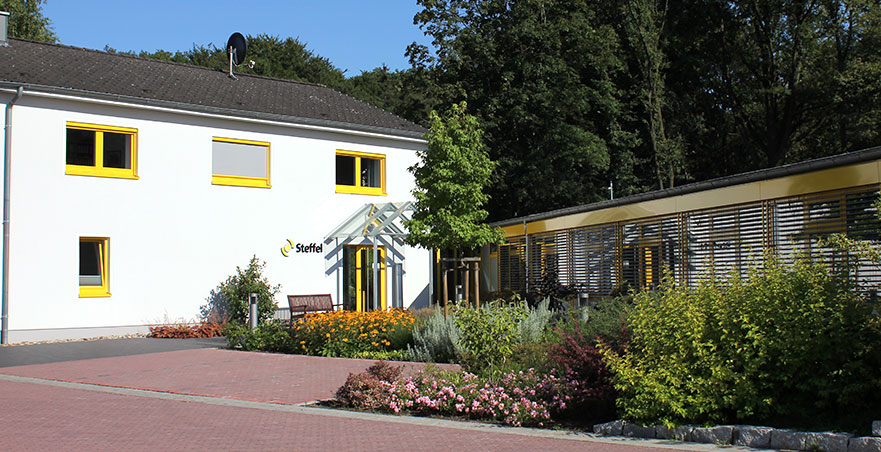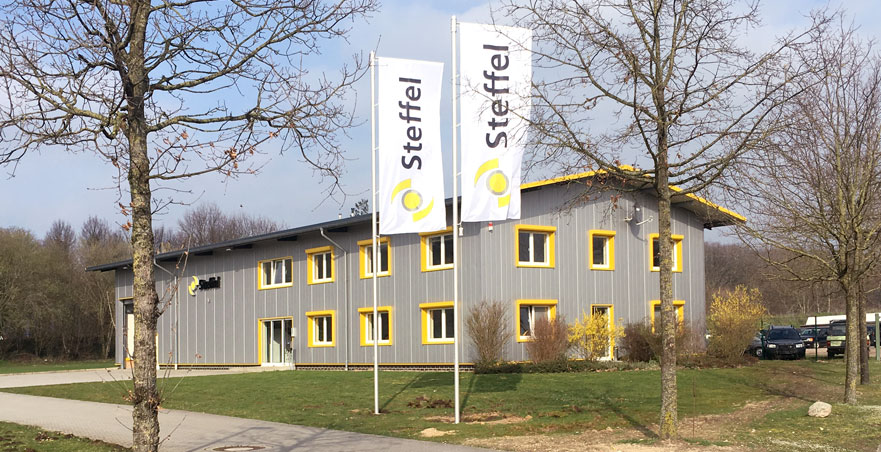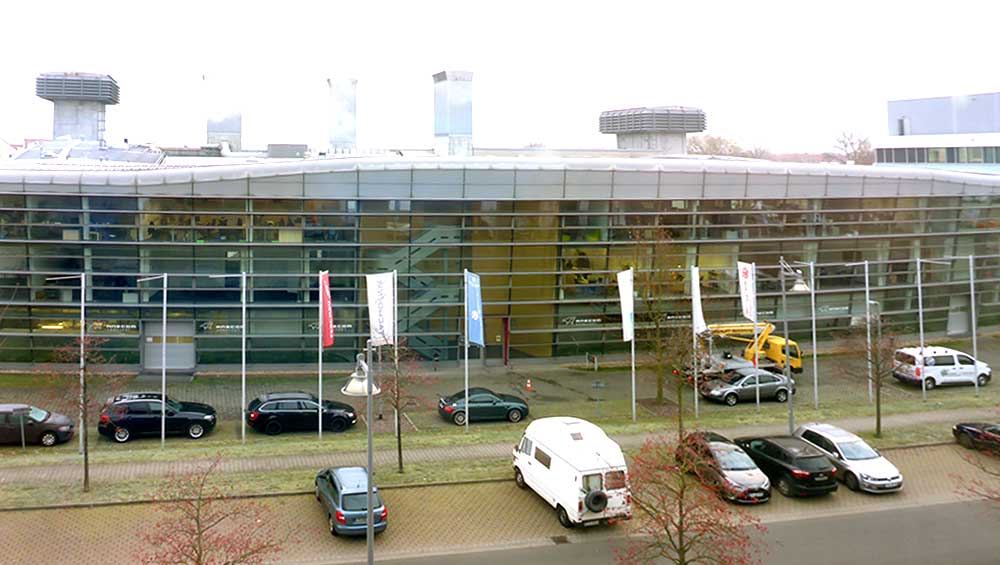Cathodic Protection (CP)
Valuable metal structures need to be protected. Provide your facilities with effective corrosion protection with Steffel’s individually tailored, complete CP solutions. This occurs when metal structures come in contact with water or soil; in other words, an electrically conductive environment.
Through the injection of a protective current (direct current), CP is the most effective way of actively combating electrochemical corrosion processes. Talk to us about a CP solution that’s tailored to your needs.
Steffel GmbH provides comprehensive corrosion protection for your industrial facilities:
- pipelines
- complex structures
- tanks & vessels
- steel-reinforced concrete structures
- hydraulic steel and offshore structures
- well casings
The CP principle:

What is corrosion?
Metallkonstruktionen stehen in ständiger Wechselwirkung mit ihrer Umgebung. Kommen sie in Kontakt mit elektrisch leitfähigen Metal structures are in a state of constant interaction with their environments. If they come into contact with electrically conductive materials like water, soil or other metals, differences in electric potentials produce a flow of current that carries away metal ions and thus erodes the material. This changes the surface of the metal and it begins to decompose – it corrodes. The material’s properties change in ways that impede its function. Initially, the appropriate paints or coatings are used to prevent corrosion damage, but a layer of paint or a coating can never provide 100% protection against external chemical and mechanical influences. Even the smallest defects in the coating can very quickly lead to major corrosion damage. Cathodic Protection (CP) is the most effective and sustainable way to combat these electrochemical corrosion-causing processes.
How does Cathodic Protection work?
Cathodic Protection generates an electrochemical protective shield that compensates for the difference in the electric potential between the structure and its surroundings. CP falls into the category of what’s known as active corrosion protection and denotes the generation of direct or protective current that is usually produced by an external power source (solar panel or rectifier). This protective current is established between the protected object, i.e. the cathode, and a baser metal, i.e. the sacrificial anode. The baser metal then corrodes instead of the metal facility being protected. This anode bed ensures that current does not leak through defects in the paint/coating.
Injecting the protected objects (e.g. a pipeline) with protective current not only protects them cathodically, it also polarizes them, and that enables coating defects (even potential ones) to be reliably detected using special measuring equipment! This is possible because the difference between the values measured at the defects and those measured in areas where the coating is intact is easy to see. Moreover, with the help of remote monitoring technology with continuous threshold monitoring, an operator can immediately see a sudden increase in the protective current required – usually a sign of a new defect in the coating.
CP pays for itself quickly and sustainably!
Comprehensive corrosion protection is simply indispensible for the safe and efficient operation of pipe networks, utilities, hydraulic steel structures or industrial facilities. And it’s particularly important for the operators of pipelines and facilities that are exposed to greater risk due to gas or other petrochemicals.
CP pays for itself quickly and appreciably. Installing a cathodic protection system represents only a fraction of the cost involved in repairing the damage caused by corrosion. CP prevents potential commercial losses and reputational damage and it helps enormously in assessing the structure’s condition. CP also helps operators fulfill their environmental obligations.
With corrosion protection, the advantages are obvious. It:
• improves the value retention of your facilities
• increases operational safety
• prevents the necessity of costly repairs
• provides effective environmental protection
• maintains a facility’s competitive capacity
As one of the market leaders in Germany, we provide complex solutions for complex corrosion problems: cost-efficient, technical and ecologically sound.
The object to be protected is electroconductively connected to what’s known as a sacrificial anode. The iron these anodes contain releases electrons into their environment, which causes the anode material to oxidize instead of the protected object. The sacrificial anode thus slowly dissolves and needs to be replaced after a while.
Galvanic anode bed applications:
• smaller, well insulated objects like storage tanks
Benefits of a galvanic anode bed:
• less complicated installation
• lower costs
• easier maintenance
• no mains power supply required
Diagrammatic representation of a galvanic anode bed:

With Cathodic Protection using an impressed current system, the mains-powered transformer-rectifier injects the protective current into the protected object via an impressed current anode
Impressed current system applications:
• larger vessels and tanks
• pipelines
• distribution networks for district heating
• hydraulic steel structures and offshore facilities
The benefits:
• flexible scope of application
• very wide coverage
• system can be monitored and controlled remotely
• system can be adjusted
Diagrammatic representation of an impressed current system:

 Home
Home Products
Products Career
Career





